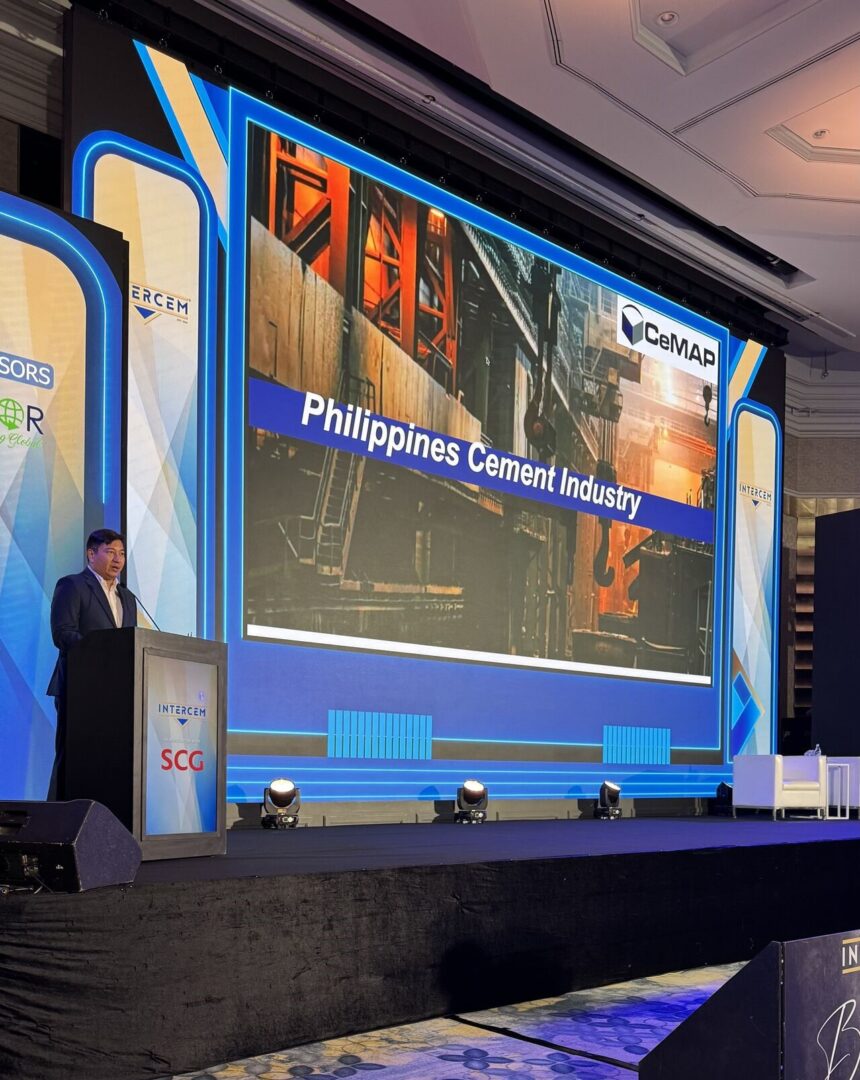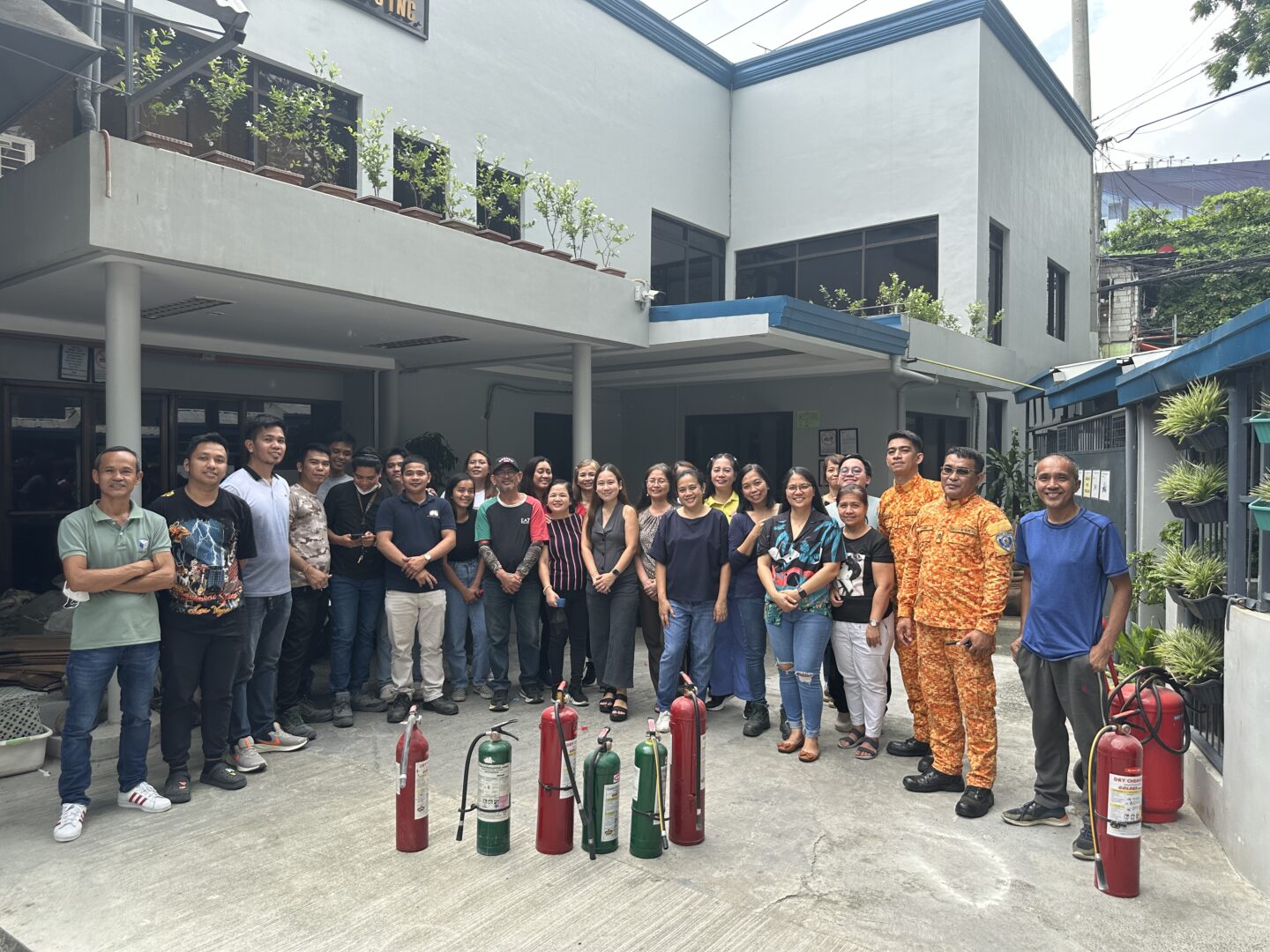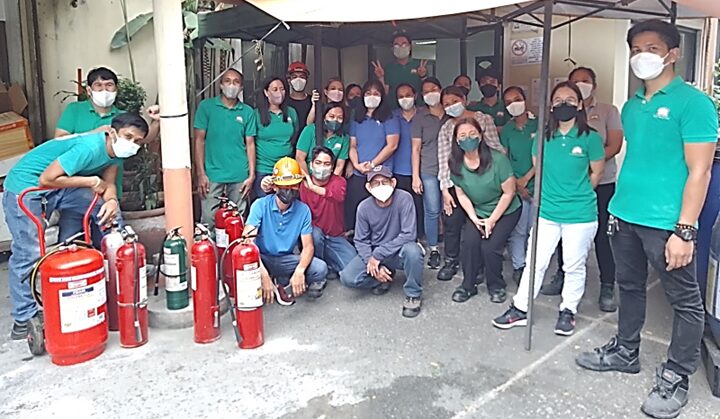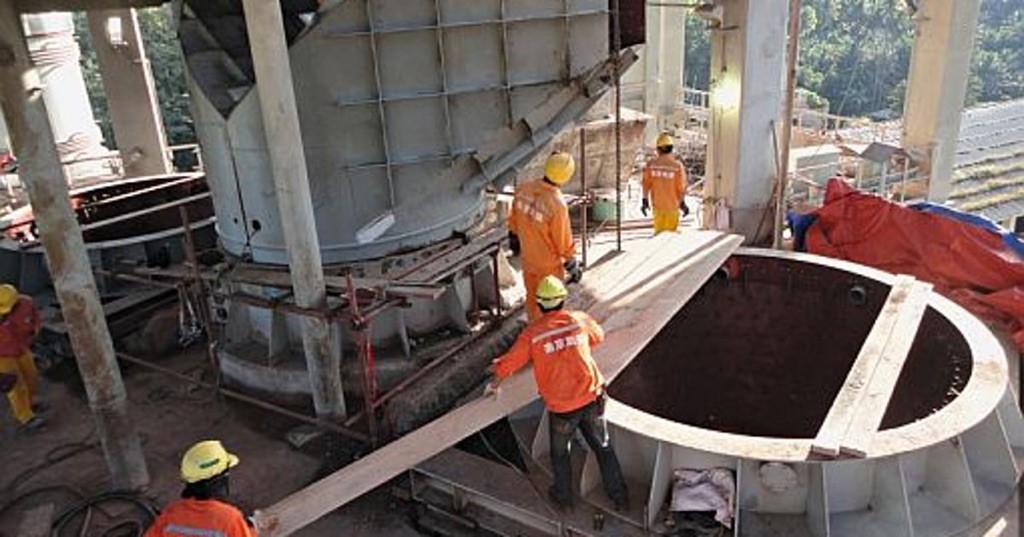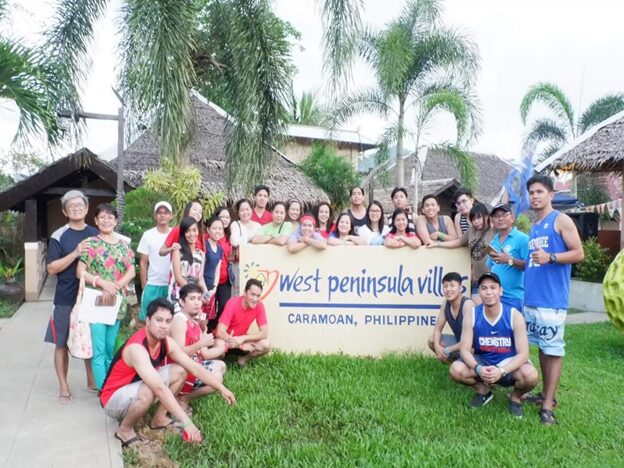Embracing greener practices, manufacturers have poured resources into reducing their carbon footprint, introducing low-carbon cement solutions that outperform traditional imported cement in sustainability
Over the past few years, the local cement industry has weathered a storm of challenges.
From surging imports and market contraction to the lingering effects of the pandemic, the local manufacturers have faced an uphill battle to ensure the supply of quality cement while navigating a hostile business environment.
Despite these hurdles, the industry has demonstrated remarkable resilience, investing heavily in capacity expansion and sustainability initiatives.
A testament to their commitment to the nation’s construction needs, local manufacturers have added a significant 17 million tons per annum, or MTPA, capacity over the past five years.
This investment, spearheaded by players like the San Miguel Group, Taiheiyo and Cemex, brings the total local production capacity to a robust 53 MTPA, vastly exceeding the projected 34.5 MT demand for 2024.
Embracing greener practices, manufacturers have poured resources into reducing their carbon footprint, introducing low-carbon cement solutions that outperform traditional imported cement in sustainability.
This forward-thinking approach positions the industry at the forefront of environmentally conscious manufacturing.
However, the industry’s valiant efforts are jeopardized by the unabated flow of imported cement, primarily from Vietnam.
Despite anti-dumping measures, imports reached almost 7 million tons in 2023, a figure expected to rise further due to a contracting Vietnamese market. This influx of dumped cement, often with a higher carbon footprint, poses a serious threat to the already beleaguered domestic industry.
Beyond capacity building
The consequences of unchecked dumping are dire. The cement industry, a significant contributor to the economy (1 percent of gross domestic product), generates an estimated 130,000 direct and indirect jobs and boasts a multiplier effect.
Furthermore, local manufacturers contribute considerably more tax revenue compared to importers.
As imports cannibalize the market, these contributions to the economy are at risk.
Faced with shrinking market share and potential job losses, the industry, through the Cement Manufacturers Association of the Philippines, or CEMAP, has launched the “Buy Local, Build Lokal” campaign.
This initiative, partnered with the Department of Trade and Industry, or DTI, aims to raise public awareness and encourage Filipinos to prioritize locally manufactured cement in their construction projects.
The government, recognizing the vital role of the industry, has also stepped in.
In a strong statement, the government declared its preference for local cement in government infrastructure projects.
This policy, encompassing roughly 40 percent of total demand, holds immense potential to boost the industry, save foreign exchange reserves, and drive economic growth.
The year 2024 presents a crucial juncture for the cement industry. With public and private efforts converging under the banner of “Buy Local, Build Lokal” and supportive government measures, the industry stands a fighting chance. By prioritizing local cement, Filipinos can not only contribute to national economic development but also ensure the construction of a nation built on a foundation of resilience, sustainability and self-reliance.
Source: https://tribune.net.ph/2024/01/17/local-cement-firms-push-back-vs-imports


